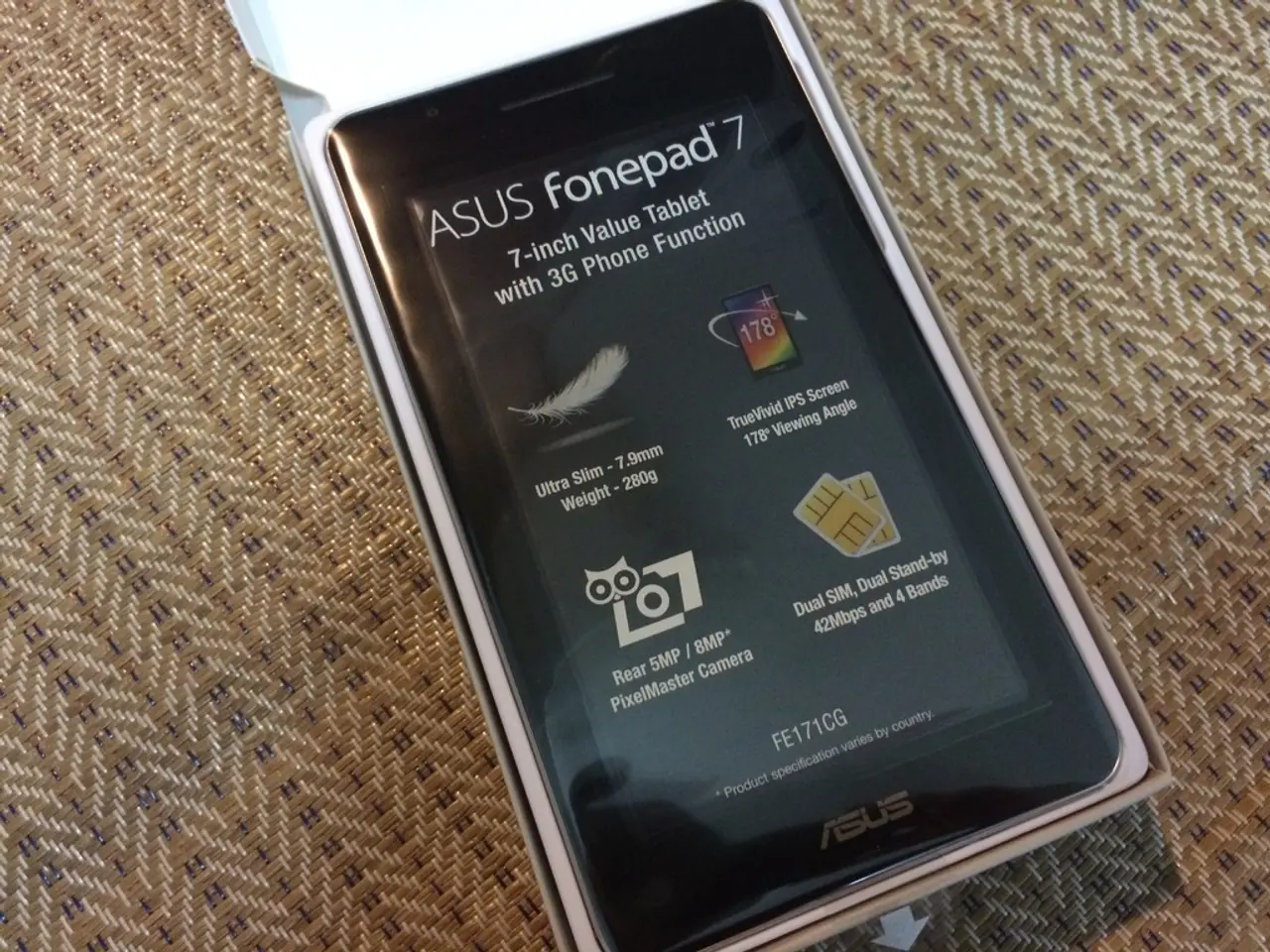Embracing Strategies for Interactive Design: Leveraging "Tappability" Opportunities
In the realm of mobile design, creating intuitive and accessible interfaces is paramount. Two leading platforms, Google's Material Design and Apple's iOS, have established guidelines to ensure touch targets are easily navigable for users.
According to Google's Material Design, the recommended minimum touch target size is 48 x 48 density-independent pixels (dp). This roughly translates to approximately 7–8 millimeters on typical mobile screens. Apple's guidelines suggest a similar minimum size of 44 x 44 points, which also corresponds to about the same physical size.
It's essential to understand that these units, dp and points, are device-independent, meaning they scale based on the device's screen density. For instance, at a baseline density of 160 dpi (mdpi), 1 dp equals 1 screen pixel.
When it comes to accessibility, the Web Content Accessibility Guidelines (WCAG) recommend a minimum target size of 24 x 24 CSS pixels for AA conformance and a stricter 44 x 44 CSS pixels for AAA level. This aligns well with both Google and Apple's recommendations.
Key Takeaways:
- Both Google and Apple recommend touch targets around 7–8 millimeters for easy interaction.
- This equates roughly to 44-48 device-independent pixels (dp or points).
- Physical size matters more than raw pixels due to varying screen densities.
- WCAG accessibility guidelines support these sizes for touch targets on all touch devices.
By adhering to these guidelines, designers can ensure controls are comfortably tappable for users, including those with limited dexterity or motor impairments. It's also crucial to consider the space between different elements to prevent user errors from accidental taps.
For a deeper understanding of the different units in mobile UX design, Dr. Gregory Schmidt's comprehensive explanation titled "When is a pixel not a pixel? pixels, points, dps" is worth a read. Additionally, a Pixels to Millimeters Converter can be a handy tool for converting virtual pixels into physical units based on the screen density.
Remember, tappability is essential to support affordances in UI design. Android's developer documentation offers insights into the different pixel densities in the Android ecosystem, while Apple's "points" measure 1/72 of an inch in graphic design.
When designing a mobile interface, set the canvas to the logical resolution of the device. Both Google's Android system and Apple's iOS use their respective device-independent pixels. Google's Material Design recommends a minimum touch target of 48dp (~9mm), while Apple's guidelines suggest 44 pts (~7 mm).
In practice, Web pixels, Apple points, and Android density-independent pixels are approximately equal. Steven Hoober's research on touch provides valuable insights for designing for touch. People use mobile devices in short bursts and need to know how to interact with a UI without the need for experimentation.
Finally, it's important to test your design with real users to understand how people interact with the device. By following these guidelines, you can create mobile interfaces that are intuitive, accessible, and user-friendly.
- Designers should aim for touch targets roughly 7–8 millimeters in size to ensure easy interaction, which equates to about 44-48 device-independent pixels (dp or points) in both Google's Material Design and Apple's UX guidelines.
- Accessibility guidelines, such as the Web Content Accessibility Guidelines (WCAG), support these sizes for touch targets on all touch devices, ensuring comfortability for users, including those with limited dexterity or motor impairments.
- To create mobile interfaces that are intuitive, accessible, and user-friendly, it's essential to follow the guidelines provided by Google, Apple, and WCAG, understand the various units in mobile UX design, and conduct user testing to refine designs based on real-world interaction.




